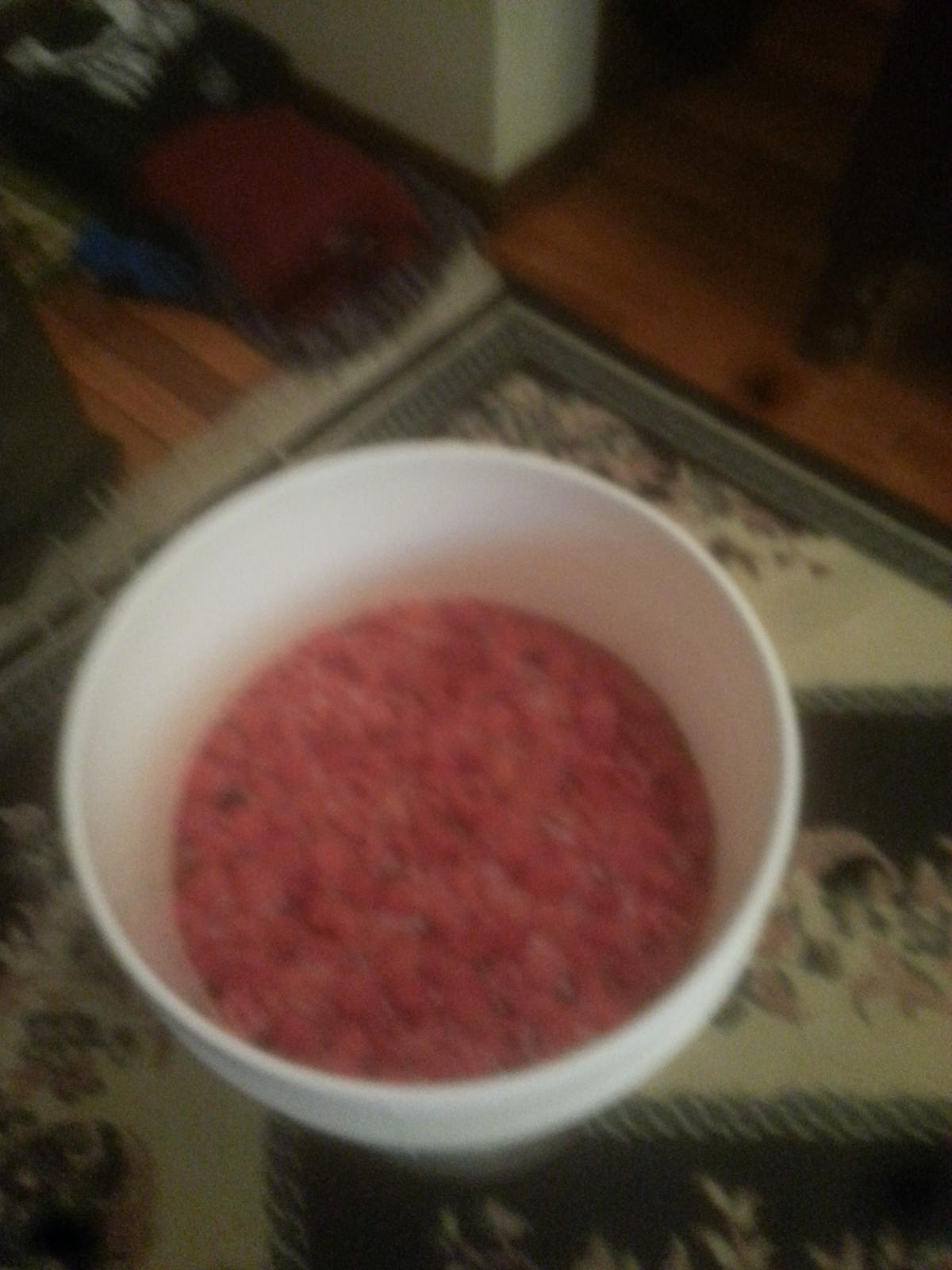Currently I'm sitting on two batches in primary, Raspberry Mead and JAOM .. I started them yesterday! (12/11/14)
Just a couple questions I have for you guys that are very experienced (I am very new to this)
A) I started my Raspberry Mead in a fermenting bucket rather than a 5 gallon carboy for primary, does anyone see a problem with this? I did it because my current carboys are being used and I'm waiting on another to be shipped in the mail.
B) I started my JAOM in a 5 gallon carboy as per the recipe but I was also actually considering to rack it after primary fermentation in efforts to prevent an overly bitter taste from the orange rined that's attached to the fruit, rather than letting it sit in the same carboy for months on end. Two questions to this part, am I correct in the assumption that it may prevent too much bitterness? and secondly what other effects of taste might I see from doing this?
As I said I just started these batches yesterday, so its still very early. Right now they are stored in my closet at about 72F and after 24 hours I'm getting a couple bubbles per minute from the airlocks but nothing vigorous yet. (For the Raspberry I used Lalvin EC1118 and for the JAOM I used Lalvin D-47 instead of bread yeast)
Lastly, should I be shaking or stirring my batches while they are in primary? If so, should I do it before vigorous fermentation starts, after it happens, or both stages?
Thanks in advance guys and I'm happy to be a new member of the forum.
and I'm happy to be a new member of the forum.
Just a couple questions I have for you guys that are very experienced (I am very new to this)
A) I started my Raspberry Mead in a fermenting bucket rather than a 5 gallon carboy for primary, does anyone see a problem with this? I did it because my current carboys are being used and I'm waiting on another to be shipped in the mail.
B) I started my JAOM in a 5 gallon carboy as per the recipe but I was also actually considering to rack it after primary fermentation in efforts to prevent an overly bitter taste from the orange rined that's attached to the fruit, rather than letting it sit in the same carboy for months on end. Two questions to this part, am I correct in the assumption that it may prevent too much bitterness? and secondly what other effects of taste might I see from doing this?
As I said I just started these batches yesterday, so its still very early. Right now they are stored in my closet at about 72F and after 24 hours I'm getting a couple bubbles per minute from the airlocks but nothing vigorous yet. (For the Raspberry I used Lalvin EC1118 and for the JAOM I used Lalvin D-47 instead of bread yeast)
Lastly, should I be shaking or stirring my batches while they are in primary? If so, should I do it before vigorous fermentation starts, after it happens, or both stages?
Thanks in advance guys













































![Craft A Brew - Safale S-04 Dry Yeast - Fermentis - English Ale Dry Yeast - For English and American Ales and Hard Apple Ciders - Ingredients for Home Brewing - Beer Making Supplies - [1 Pack]](https://m.media-amazon.com/images/I/41fVGNh6JfL._SL500_.jpg)
















